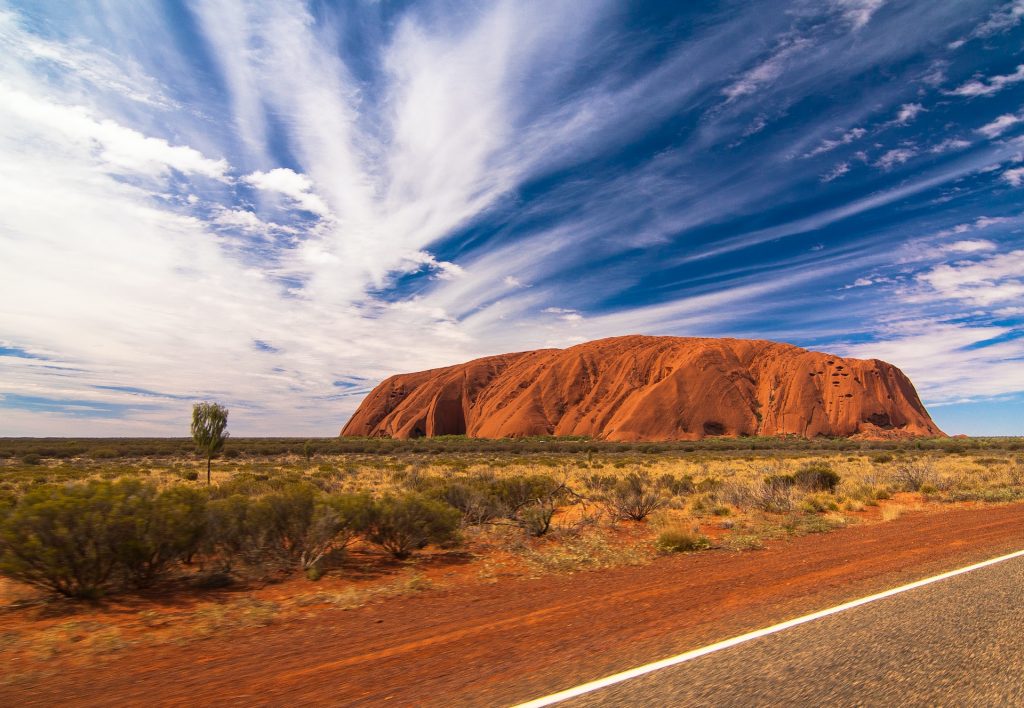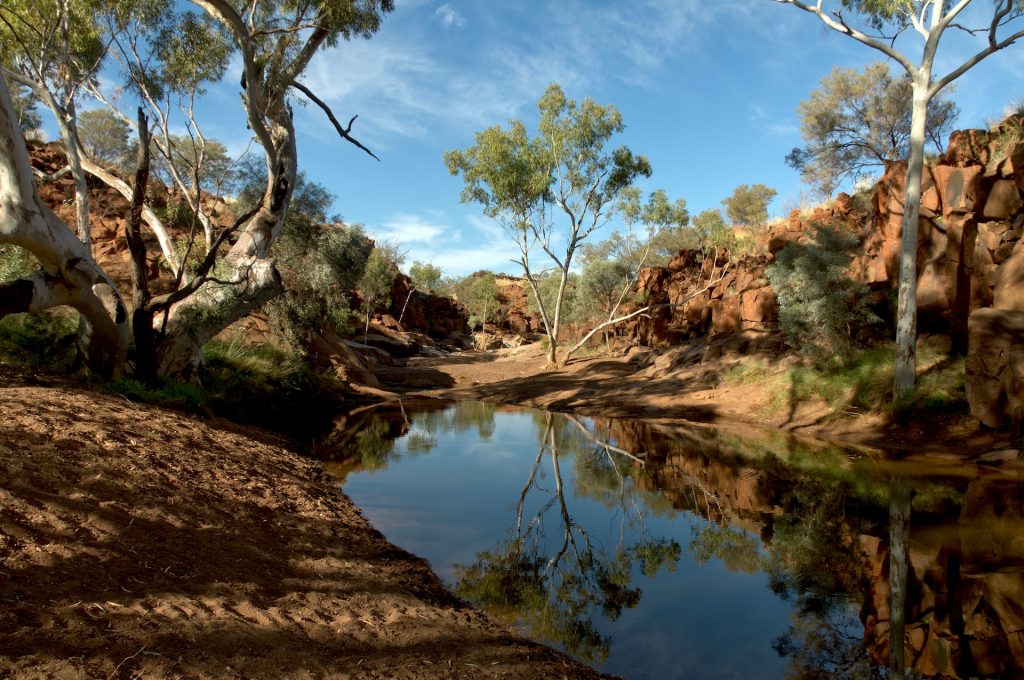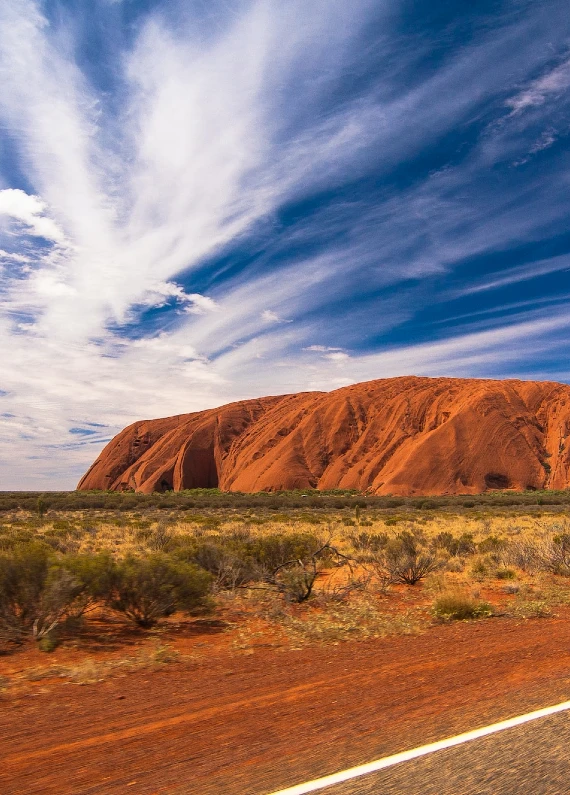Home » Joe’s Smoko Room » Depicting Australian Wildlife and Nature in Film: From ‘Crocodile Dundee’ to ‘Red Dog’
Depicting Australian Wildlife and Nature in Film: From ‘Crocodile Dundee’ to ‘Red Dog’

Australia is famous around the globe for its wildlife. Personalities like the late Steve Irwin showed the world the beauty there is to be found in some of Australia’s most dangerous creatures. David Attenborough took us on a tour of some of the most unique habitats in the world, like the great barrier reef and the Daintree rainforest.
Whilst documentaries are a fantastic source of knowledge, some of the most memorable depictions of Australian nature have come from filmmakers. Many focus on the outback, dusty and barren, littered with dry shrubs and positively bursting with kangaroos. Other films tell the tales of our most fearsome creatures. With crocodiles, sharks, and the largest number of animals possessing deadly venom of anywhere in the world, it would be fair to say there’s plenty of inspiration there for vivid imaginations. We’re going to look at the films that have provided the most poignant insights into the Australian wilderness.
Crocodile Dundee (1986)
Directed by Peter Faiman and starring the brilliant Paul Hogan as Mick ‘Crocodile’ Dundee himself and Linda Kozlowski as Sue Charlton, the news reporter who falls for him. The story begins with Sue travelling to Australia to witness Mick at work. He seems almost unstoppable as he dodges crocodiles, taunts tarantulas, and evades death at every turn. Instantly fascinated by this ‘bushman’ Sue invites Mick back to New York with her. She hopes that his lion-hearted Aussie will win the hearts of the American public and he does, but not without a good deal of peril along the way.
This film pits rural know-how against the urban jungle, dropping Mick into a situation that’s far out of his comfort zone and hoping that he’ll sink rather than swim. It shows the grit that it takes to survive in the true Australian wilderness, creating a sense of awe for the ferocity and callousness with which the outback can treat those who don’t know what they’re doing.
Red Dog (2011)
On the other side of the coin, Red Dog portrays a friendlier image of the Australian wilderness. Based on the 2002 novella by Louise de Bernieres, Red Dog tells the story of an adventurous Australian cattle dog who embarked on a journey that even the most intrepid of explorers might have struggled with. With a plucky canine lead, it should be no surprise that this film captured the hearts of the public instantly, so much so that a sequel was made just three years later.
Red Dog sets out on an adventure through the outback in the 1970s, appearing initially in a small mining town called Dampier. He quickly forms a friendship with John, a bus driver with the same adventurous streak as Red Dog. Together they set out into the wilds of Western Australia, taking in stunning scenery and encountering many of Australia’s most loved animals.
Of course, no film is complete without some kind of peril and for Red Dog and John this comes in the form of a threat to the mining community that they have come to love. Together with the residents, they overcome the threat, but it takes the wind from Red Dog’s sails, leading to one of the most tragic endings in the history of film. This movie is equal parts heartwarming and gut wrenching, a true testament to the beautiful but sometimes cruel lover that is the Australian wilderness.

Long Weekend (1978)
In a country where climate change is threatening the ecosystem, causing wildfires and droughts, films about nature fighting back are maybe more poignant than ever. Colin Eggleston’s inventive horror film tells the tale of John and Briony, a couple who have embarked on a camping trip to the Australian wilderness, but don’t necessarily have the respect for nature that they should have.
Eggleston explores what it might mean if nature could command its own respect, by allowing the natural world to take revenge for John’s careless cigarette tossing, or the mindless hit and run of a kangaroo. The atmosphere that’s created in this film is wild and mysterious. The wind howls around the tent as fearsome creatures threaten to turn John and Briony’s camping trip into a nightmare. Whilst this film could absolutely be seen as just a bit of fun, it drives home an important message; be kind to nature, or it might not be so kind to you.
Walkabout (1971)
Our final film tells the story of some wealthy British siblings, who get stranded in the outback all alone. With just the clothes on their backs and a battery-powered radio, the pair must learn to fend for themselves, until they can be reunited with their parents.
Thankfully, during their struggles, the duo encounters an Indigenous boy who is completing his ‘walkabout’. This rite of passage requires him to spend months living on his own in the wilderness, using his wits to keep himself safe. He, of course, comes to the aid of the siblings and together the three of them form their own kind of family.
This film tackles big topics, like the human need for connection, the way that ‘civilization’ may be isolating us from one another, and perhaps most prominently cultural exploitation. Though it’s more than fifty years old now, it remains an important insight into the unique challenges that the Indigenous people of Australia still face today.
Conclusion
With popular movies touting the Australian Outback like ‘Crocodile Dundee’, sometimes the image of Australia can be a bit archaic. It’s almost as if Australian wildlife in film has done too good a job depicting Australian culture in a certain light. People forget crypto pokies is almost a religion in Aussie culture. As pubs are filled with the crypto pokies that fits your pleasure.
But it’s not just crypto pokies either. Australia has been at the forefront of artificial intelligence as well, and its cities, like Sydney, are in a lot of ways technological marvels.
